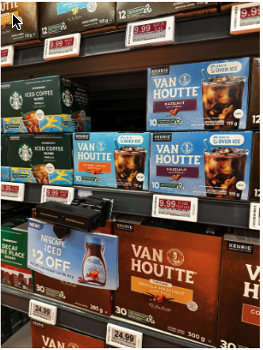Five criteria for evaluating the potential impact of in-store displays
By Lauren McGowan, Mars United Commerce
In-store shopping continues to hold tremendous importance for both shoppers and brands. According to Drive Research, 74% of U.S. grocery shopping still happens in physical stores.

For shoppers, the store offers a tangible experience that allows them to physically interact with products, ensuring they make informed decisions. For brands, it serves as a crucial point of contact for shopper engagement and conversion, providing direct connections that can build relationships as well as valuable insights into shopper behavior.
An essential aspect of the in-store shopping experience is the branded displays that are strategically staged throughout the store. A valuable part of Mars United℠ Commerce’s project work with clients is tracking and analyzing displays in the store environment. To identify ongoing best practices and insights, we utilize the activity known as store walks.
Store walks literally involve walking through a store to look for branded displays, floor talks, shelf blades and other marketing materials. This allows the Mars United teams to audit what client displays are present and how they are being utilized. Additionally, it provides an opportunity to check out the competitive landscape to see what other brands are doing. This gives the teams an understanding of what is working and what can be improved to get the shopper’s attention. Because their notes from each visit contribute to the overall process of solving the client’s needs for effective in-store marketing, every team member on a project is required to take a store walk.
The importance of these visits is reiterated in our annual summer internship program. This year, our interns had the opportunity to visit four major grocery stores in the Chicago area to understand the process and develop the skills needed to take insightful store walks.
Mars United developed a scorecard, in conjunction with key client Conagra Brands, to efficiently execute a store walk. We used this scorecard to rate each display we encountered based on its perceived ability to achieve five criteria: be disruptive, inspire purchase, have a purposeful design, making a connection, and present an authentic brand voice. By leveraging this framework, brands can take a structured approach to improving both display development and their in-store presence.
1. Be Disruptive
Being disruptive in the context of the store refers to creating a significant impact that captures the attention of shoppers and alters their in-store experience. Disruptive displays purposefully stand out rather than blending in with their surroundings through striking visuals, innovative use of space, and/or interactive elements. A display should create a memorable impression that enhances brand visibility and inspires shopper interaction. These elements aim to disrupt the routine shopping experience by sparking curiosity, prompting exploration, and ultimately driving increased interest and sales for the featured brand.
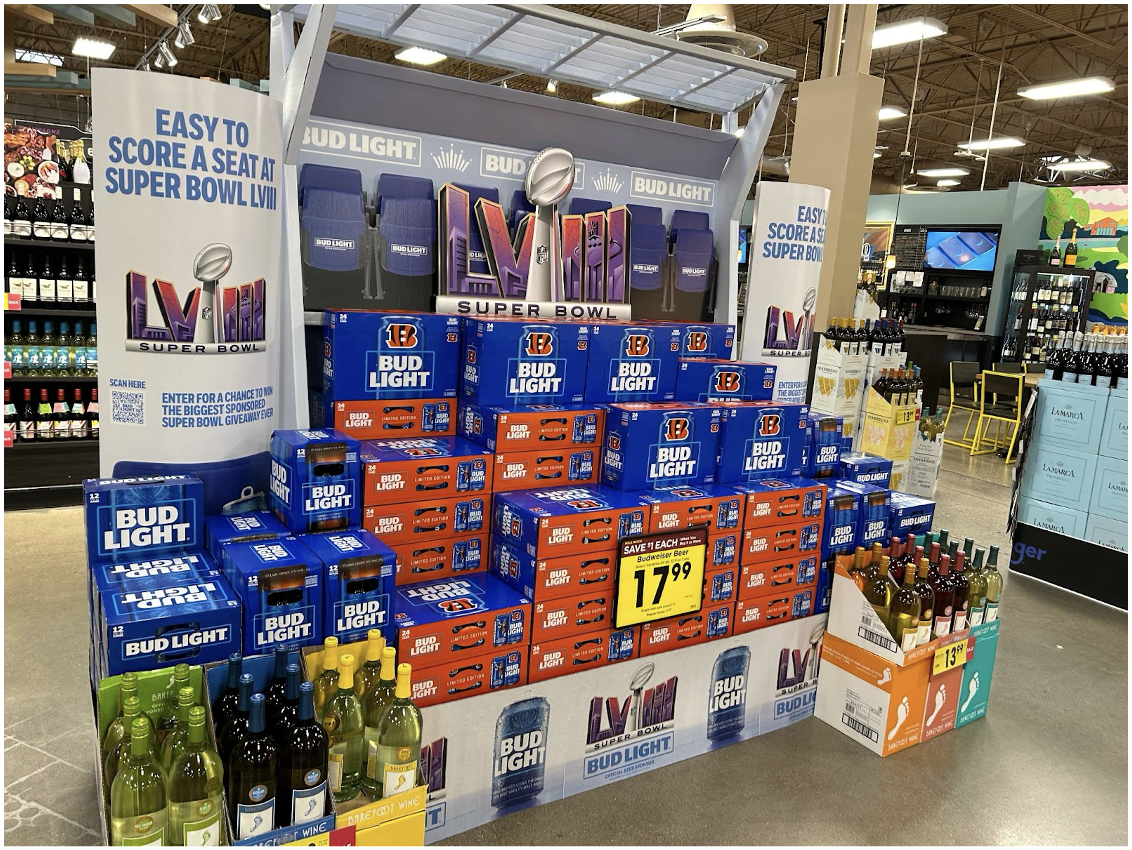
2. Inspire Purchase
To inspire purchase, the display’s strategic design should evoke a strong emotional or practical response from shoppers and clearly present the message/offer. (Its placement within the store is an important factor here as well.) Displays should be crafted to resonate with the target audience by highlighting product benefits while solving shopper challenges or aligning with their lifestyle aspirations. Impactful displays will often utilize compelling visuals, storytelling techniques, and sensory appeals to create an immersive experience that captivates shoppers and helps them make informed buying decisions.
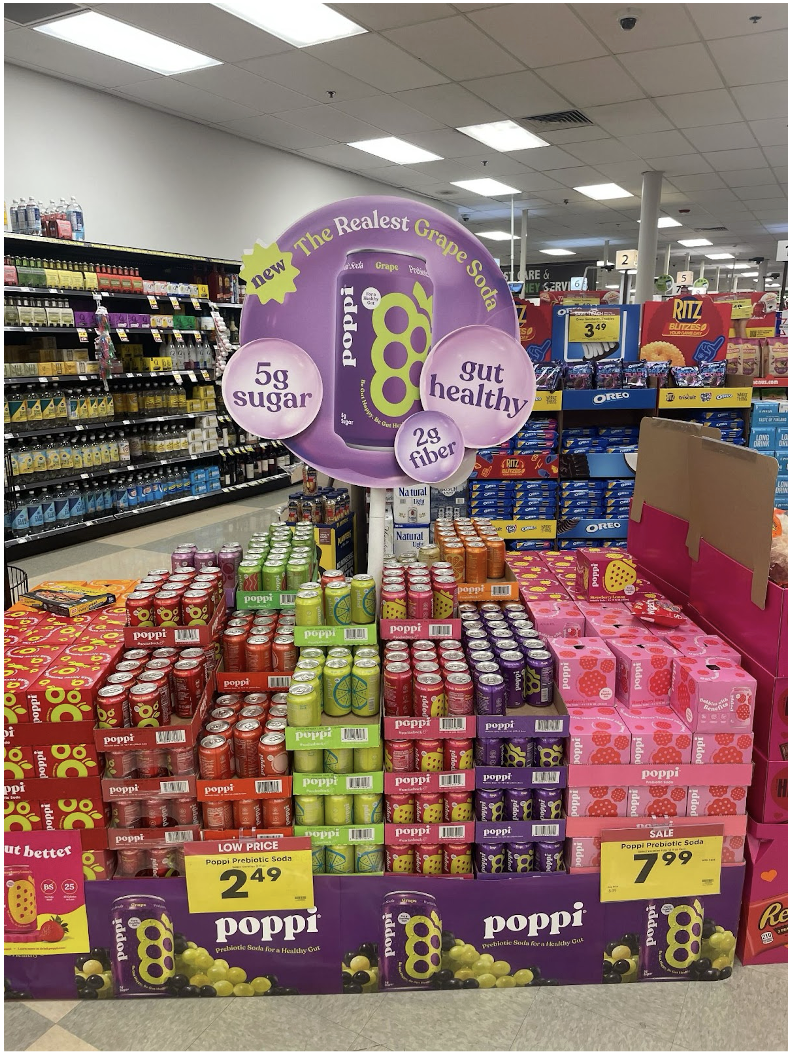
3. Have a Purposeful Design
Having a purposeful design refers to the deliberate and strategic arrangement of elements to enhance the overall shopper experience. Designing store displays involves meticulous planning to ensure every aspect of the unit aligns with the brand’s identity and resonates with the target audience. A purposeful design should enable a seamless, intuitive experience, guiding shoppers through the brand story while effectively communicating key messages. Important aspects include color schemes, lighting, creative copy, and interactive features.
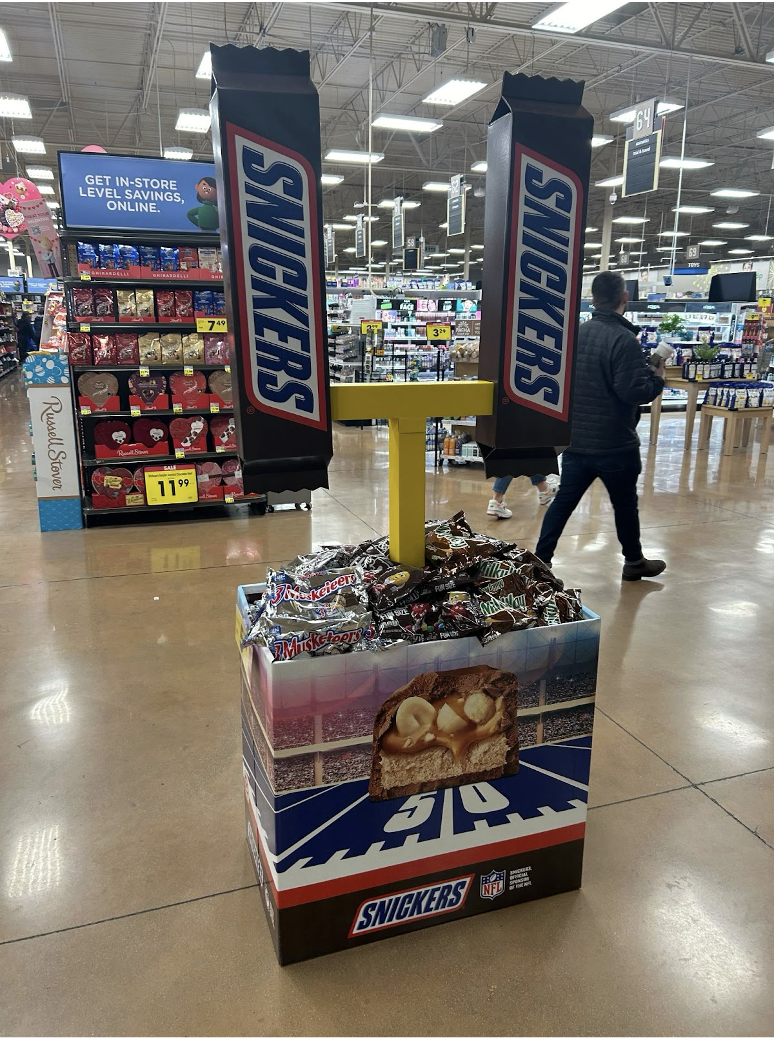
4. Make a Connection
Making a connection requires an intentional design and presentation that fosters a deep emotional or psychological bond between shoppers, the brand, and the products. The combined elements of the display should create a sensory experience that triggers positive associations and emotional responses. Ultimately, effective displays should foster a sense of familiarity, aspiration, or emotional attachment to the showcased products to enhance engagement and influence purchase.
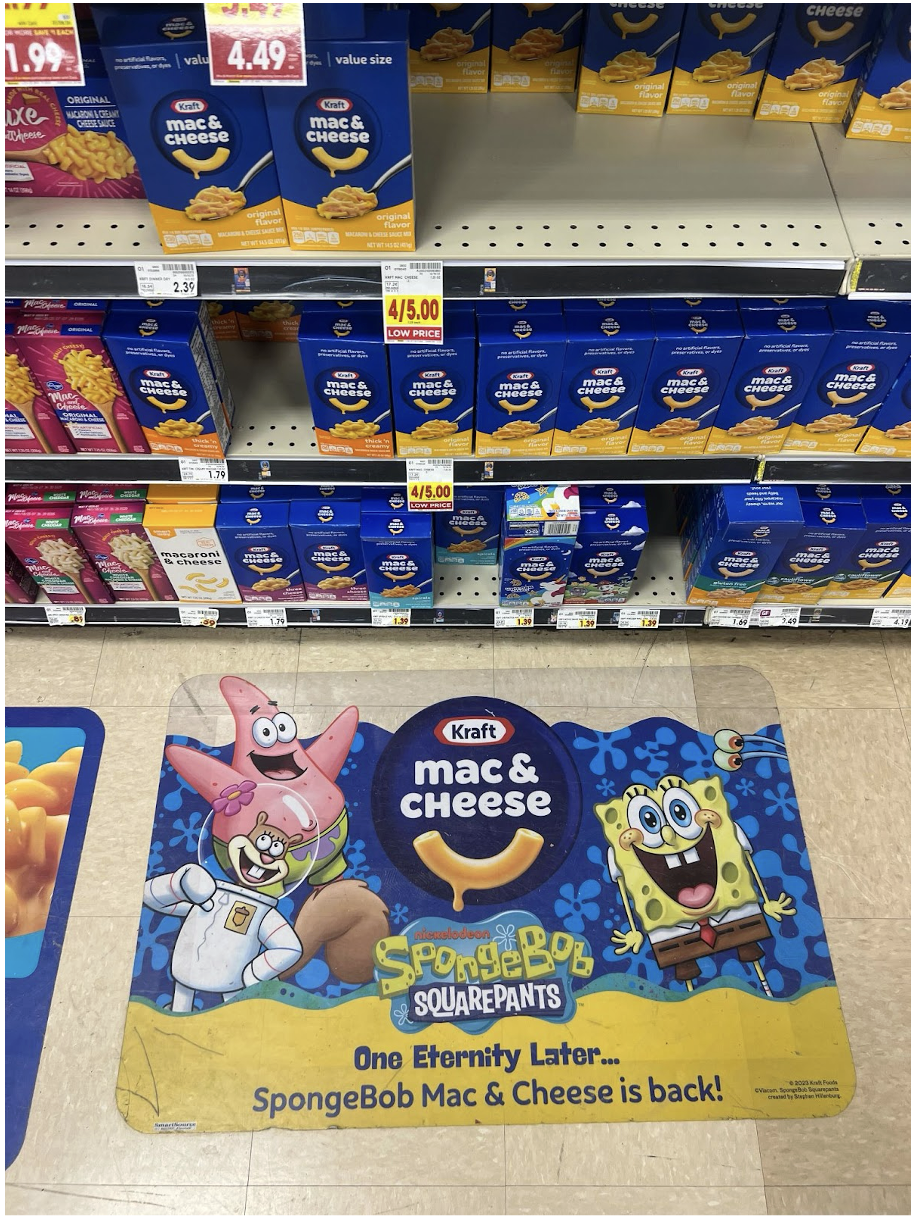
5. Have an Authentic Brand Voice
For displays to have an authentic brand voice, visual and textual representations should consistently convey the unique personality, values, and identity of the brand. This can be achieved through the cohesive integration of brand-specific elements like logos, typography, color palettes, and messaging style. The goal is to resonate with the intended audience by maintaining a genuine and recognizable tone that aligns with the brand’s established reputation and promise. The authenticity of the brand voice is crucial to establishing trust, fostering loyalty, and ensuring that the displayed products are perceived as genuine.
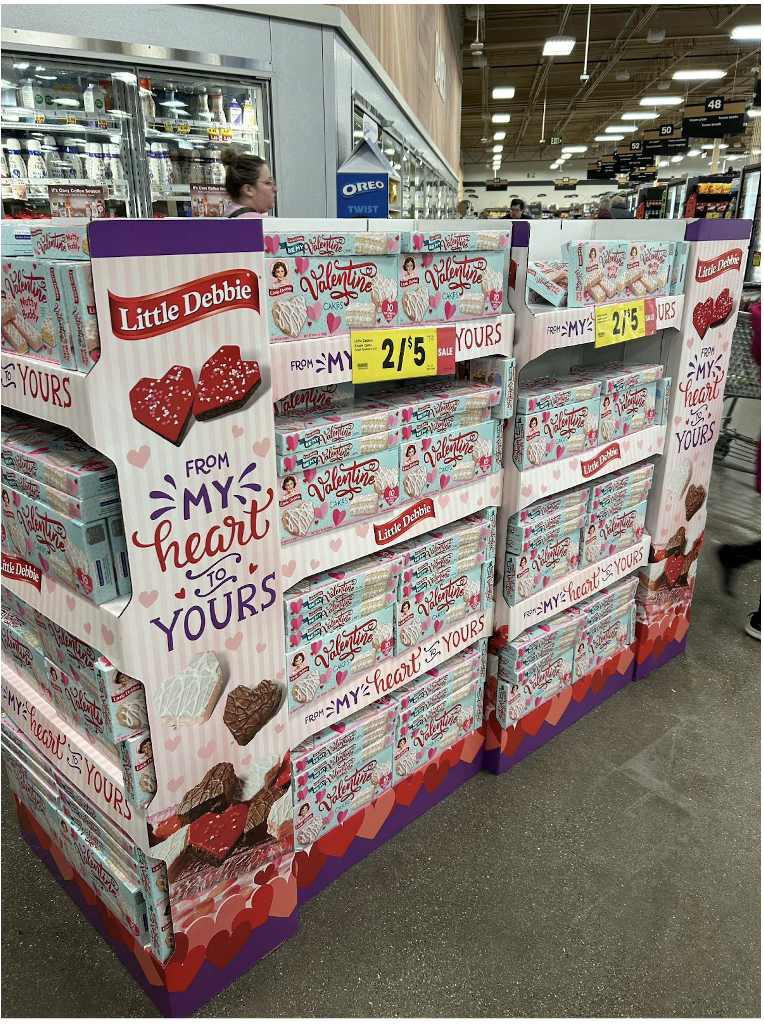
As you conduct a store walk, ask yourself frequent questions pertaining to each of these criteria. This framework can also work as a checklist when developing and creating your own branded displays. Adopting the framework can significantly streamline development, optimize efficiency, and elevate overall performance.

About the Author
Lauren McGowan is an intern on the Corporate Marketing team with a focus on gaining experience in public relations and social media. She is currently a student at Loyola University Chicago, majoring in psychology.


